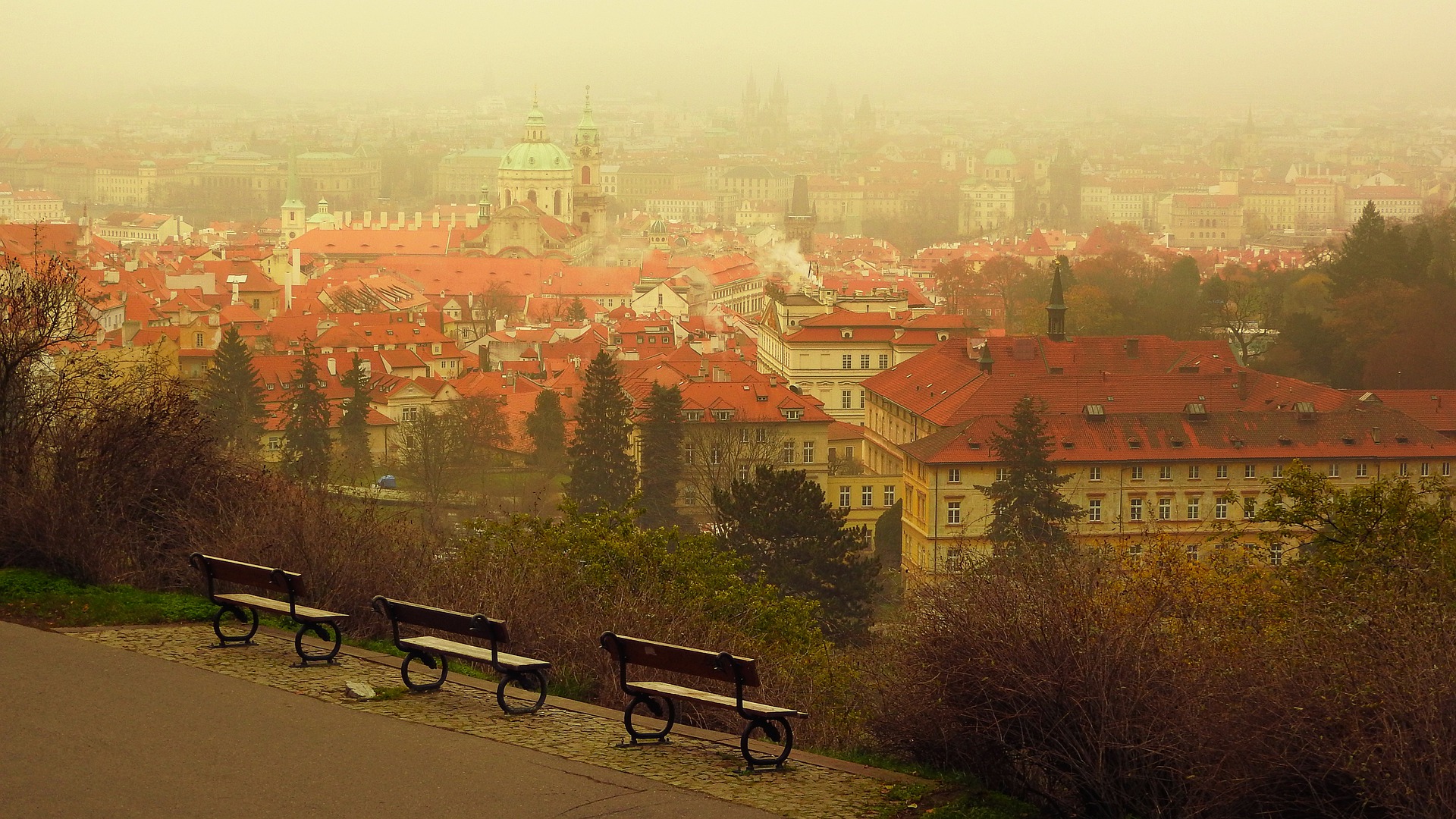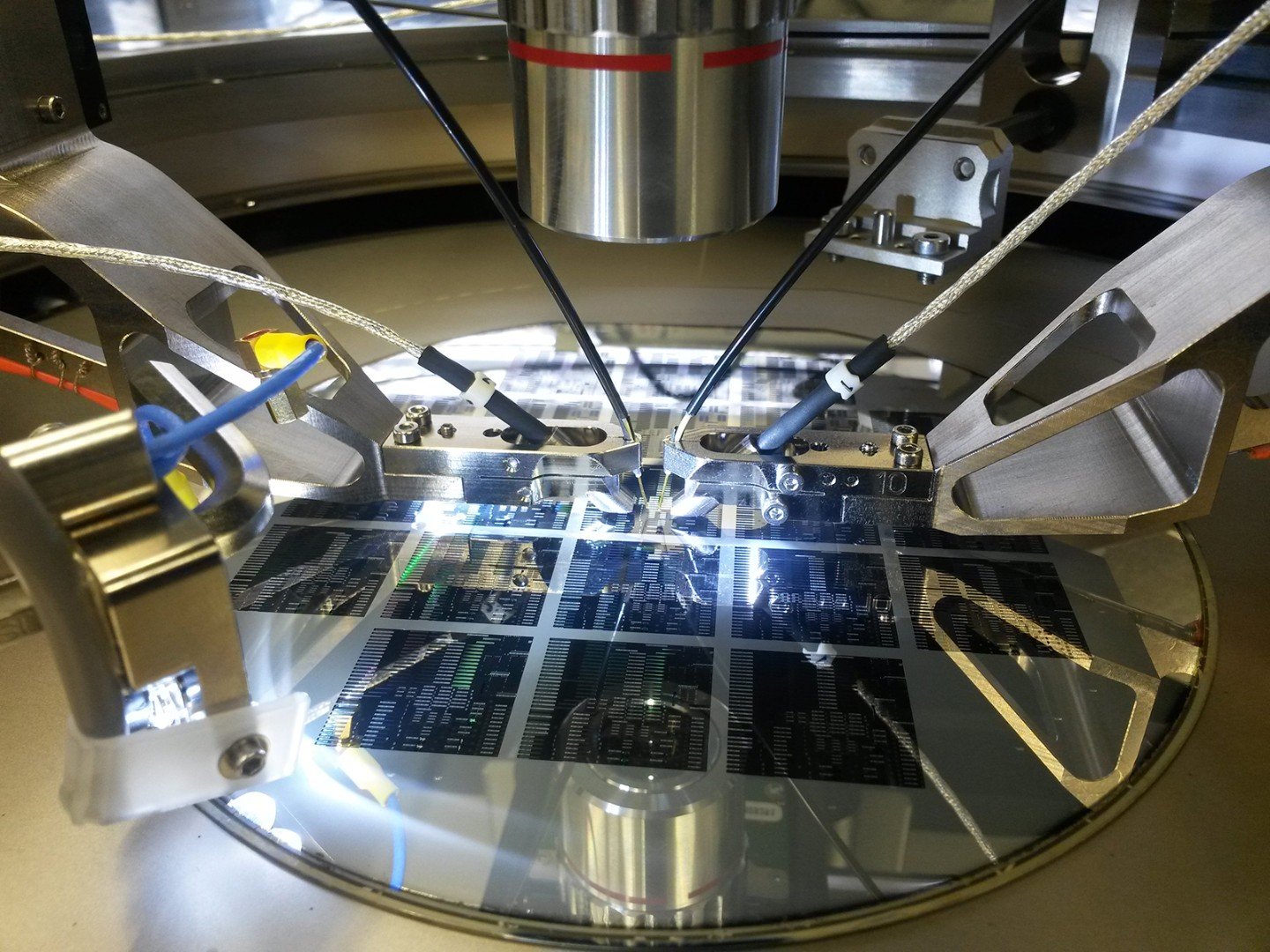
Stefan Thorliefsson was 103 years old and was featured in a piece by the Icelandic news magazine Visir while enjoying a game of golf. He died in March 2021, after being named the oldest man in the country. A diet of fish and genes played an important role as well as the fact that he lived in the country with the best air quality in Europe. However, it makes a big difference where you live in Europe. In Iceland, the average life expectancy is over 83 years, while in Bosnia it is only 77.5 years. Air quality is one of the factors having the biggest influence on this. And that’s where we are working hard, thanks in part to the Recovery and Resilience Plan.
In Bosnia, the older population “belong to a vulnerable category” – as outlined in a United Nations Economic Commission for Europe (UNECE) report. Low income and high morbidity rates for cardiovascular diseases are some of the reasons to justify such a definition. Bosnia also leads the statistics for the highest number of years in age lost due to poor air quality.
According to the European Environmental Agency – EEA – in the EU, 307,000 premature deaths in 2019 can be attributed to exposure to fine particulate matter – the most dangerous air pollutant. As such, cities and large urban areas are the places where the most polluted air can be found.
If casualties are the most striking example of what bad air quality entails, there’s more than that. “Air quality also affects other aspects of our lives, such as the economy and productivity of a certain area,” explains Alberto González Ortiz. He works as an air quality expert at the European Environmental Agency.
In an effort to reverse this trend, the EU is seeking to reduce the number of premature deaths from particulate matter by 55 percent by 2030 compared to 2005 figures with its Zero pollution action plan. The EEA estimates that 456,000 deaths could be attributed to exposure to particulate matter in 2005.
Energy sources make a difference in air quality
A diet of fish, genetics – forged by exposure to harsh weather conditions – and an active lifestyle are some of the reasons that explain Iceland’s statistics, according to The Borgen Project – a US nonprofit that focuses on poverty. It is also worth noting that hot springs across the country – in addition to generating energy – help make the air cleaner.
In contrast, the lack of proper regulation of pollution from energy generation – the country is in the process of switching from coal to renewable energy sources – is one of Bosnia’s biggest problems. As a result, respiratory health is poor and lung cancers are common. In addition, the aftermath of the war is still having a major impact on the quality of life, as much of the infrastructure has been badly rebuilt – making it harder for people to easily reach hospitals.
Particulate matter is the most harmful pollutant
Various types of gases pollute the urban environment. Traffic and the burning of fuels are the main causes of this pollution.
Particulate matter (PM) is a mixture of particles and droplets in the air. They are classified as PM 10 – when they measure 10 micrometers – µm -in diameter or PM2.5 when measuring 2.5 µm in diameter or less. Fuel combustion, industrial activities, and road transport are the sources of particulate matter. It is the pollutant causing the highest number of deaths.
Central and Eastern Europe – as well as northern Italy – are the areas suffering the most from this kind of pollution. If in the eastern countries the main driver of this emission is the use of coal in household heating and industrial plants, meteorological conditions also influence the high concentration of PM. The combination of densely populated areas and industrial facilities and the Po Valley’s climate makes the north of Italy one of the most polluted regions in the EU.
Worst nitrogen dioxide pollution in European capitals
Nitrogen dioxide – NO2 – is generated by road transport. Therefore, the most populated areas and the ones with more traffic are those that experience the highest levels of pollution.
As a matter of fact, the major European cities have the highest concentrations of this kind of NO2. For instance, in some cities such as Madrid, Paris, and Berlin, some traffic stations detected an annual mean concentration of more than 50 µg/m3 – the EU’s annual limit value is set at 40 µg/m3.
Southern European countries suffer from ozone pollution
Another primary pollutant is ozone – O3. If NO2 and particulate matter are directly emitted by burning fuels, O3 originates from the chemical reactions between nitrogen oxides and volatile organic compounds. Such reactions are triggered by heat and light. As a result, the Mediterranean countries are those where the highest concentration of this pollutant can be found.

Did these values have an impact on the spread of coronavirus? When asked about it, González denied any correlation. “All the studies we have been analyzing don’t show any clear causality between air quality and COVID-19 spread and mortality. If you have been breathing polluted air, your respiratory system has been affected for sure, and you’re more prone to contracting a respiratory disease.”
City planning as a way to protect the vulnerable
If using more sustainable ways of transportation and greener sources of energy for heating have the greatest impact in terms of reducing pollution, other preventative action can be taken too.

“When planning new areas of a city, locating hospitals, elderly care facilities, and schools in less exposed zones can help. This way, the more vulnerable segment of the population are protected,” underlines González.
Barcelona’s superblocks as a model for other European cities
“After the 2020 lockdown, several cities took measures to reduce emissions. Milan, for instance, expanded the pedestrian areas. Barcelona and its idea for superblocks also represent a good example. Over there, walking around on foot is encouraged and the speed limits are stricter,” the EEA expert explains.
Barcelona Superilles – the Catalan word for Superblocks – are aimed at putting people at the heart of everything. This kind of street transformation seeks to reclaim the space that has been taken over by private vehicles. The goal is not only to improve air quality, but also to promote the local economy and social cohesion.

Citizenship awareness makes the difference
Additionally to spatial planning, González stresses the importance of people’s awareness. “Knowing what level of pollution they live in and the impact it can have on them can stimulate people to act differently and change their lifestyles. This way, we can press the authorities to do more,” he emphasizes.
15 minutes city as the new standard
The Superilles concept from Barcelona has its roots in a broader model of the city. This has been dubbed the 15-minute city and was devised by Carlos Moreno – professor of Complex Systems and Innovation at Sorbonne University. The model is centered on citizens having access to all their daily needs within a 15-minute walk or bike ride.
Moreno’s philosophy was adopted in Paris and New York, as both cities allocated funds for participatory projects based on this model. Smaller cities also embraced the concept, but it is expected to be more beneficial to metropolises. The C40 knowledge hub endorsed the model and promoted it as a blueprint for recovery after COVID-19.
Shorter – and more sustainable – commutes could be not only a way of making cities more livable, but also an effective way of purifying the air we breathe every day.
Support us!
Innovation Origins is an independent news platform that has an unconventional revenue model. We are sponsored by companies that support our mission: to spread the story of innovation. Read more.
At Innovation Origins, you can always read our articles for free. We want to keep it that way. Have you enjoyed our articles so much that you want support our mission? Then use the button below:

